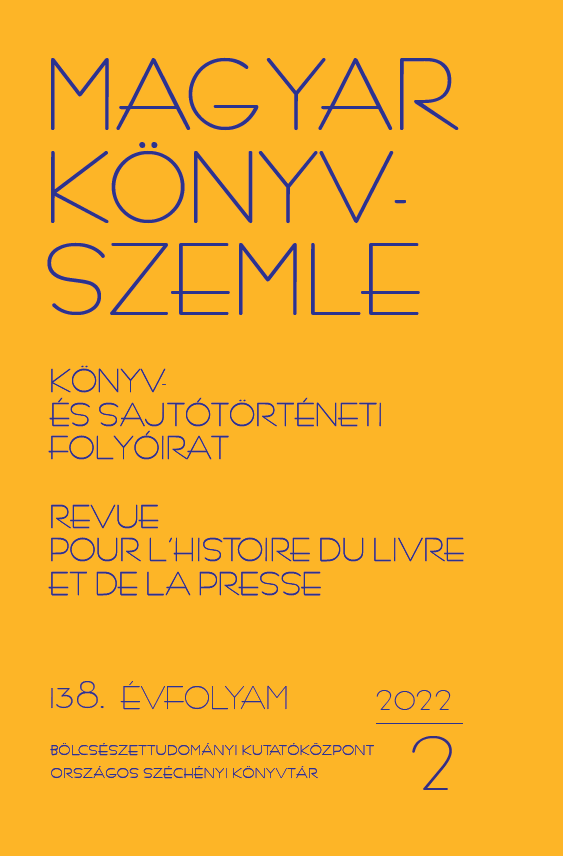De Sancto Ladislao – as pilgrim’s song
Abstract
The Latin-Hungarian poem De Sancto Ladislao, written around 1470 in the time of King Matthias Hunyadi, is considered to be one of the most beautiful pieces of medieval Hungarian literature. What was the original use of this poem of outstanding aesthetic value in the 15th century? This problem has long been a matter of interest to literary historians. Who, when, under what circumstances, where, and how the poem titled De Sancto Ladislao was sung? Earlier analysts have established that the two early 16th-century manuscript copies of the text which preserve the poem, the Codex Peer and the Codex Gyöngyösi, were in secular (i.e. non-clerical) use. They have also pointed out that the Latin and Hungarian stanzas of the work form a single text, i.e. it is a bilingual, responsorial chant. A close reading of the poem now reveals that the whole of the De Sancto Ladislao is narrowly linked to the shrine of the holy Hungarian king, the pious knight-saint of the 11th century, St. Ladislas, in Várad (=Nagyvárad, today Oradea, Romania). In various forms, it depicts the cathedral founded by St. Ladislas, the center of the cult of St. Ladislas, the most famous pilgrimage site in medieval Hungary. Unfortunately, the cathedral of Várad, with the tomb of St. Ladislas, was destroyed after the Ottoman siege of the city in 1660. The present study seeks to situate the origins and once widely known original function of the poem in the spirituality of the pilgrims of the Várad Cathedral singing and praying around the shrine of the saint. If the poem is interpreted as a pilgrim’s song, not only the rich references to Várad as the center of the cult of St. Ladislas in the poem will be found, but also all the findings concerning the semi-secular character of the work, its political objectives, its paraliturgical function, and its bilingualism can be explained.



